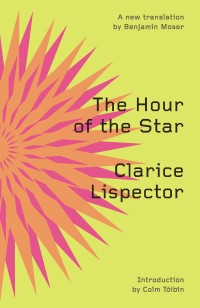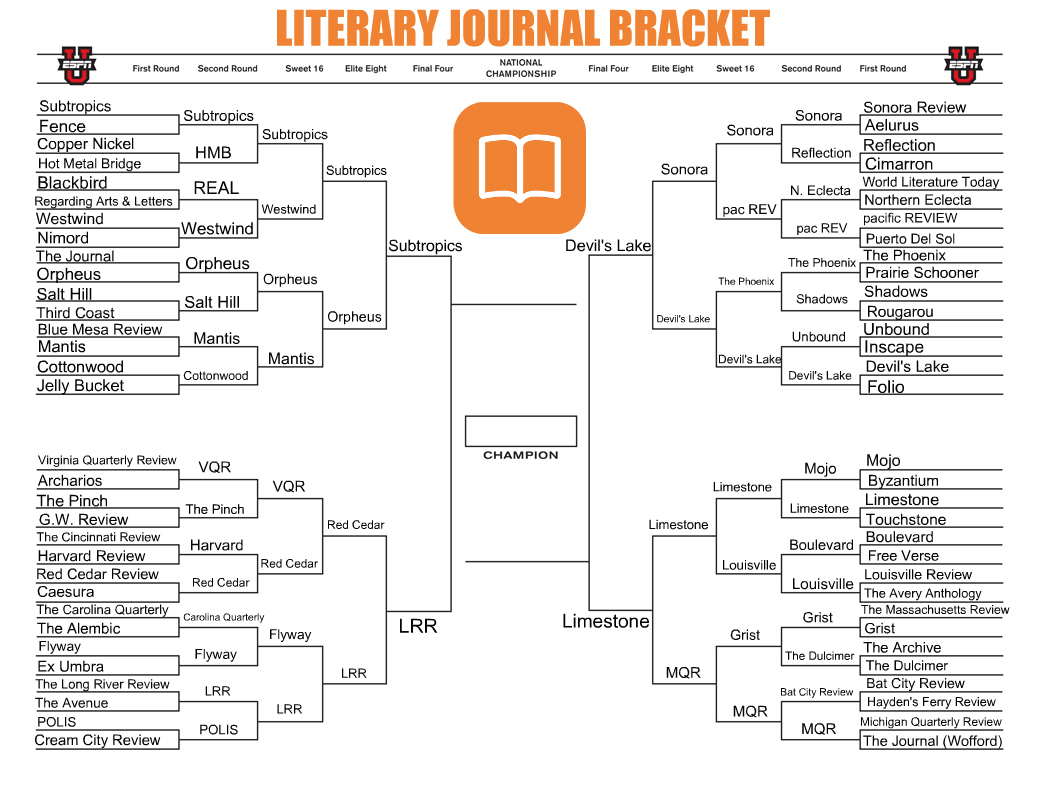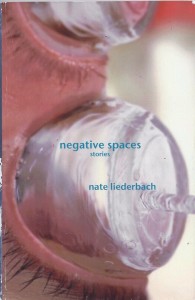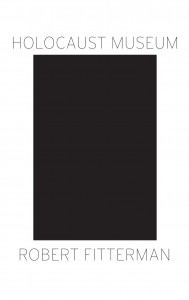 Bald New World
Bald New World
by Peter Tieryas Liu
Perfect Edge, May 2014
229 pages / $16.95 Pre-order from Amazon
Having been thrilled by the imagination in his short story collection, Watering Heaven, I was excited to see Peter Tieryas Liu was taking on a larger work: his new novel Bald New World. The play in the title on the canonical dystopian work by Huxley only further stimulated my appetite.
How would it be handled? Would it be playful? Would it be strange? Would it be dystopian? Yes, yes to all those things (other than the one that isn’t a yes/no question):
As the title suggests, everyone has mysteriously gone bald. One would hope that people would learn to live with baldness, since no one has any hair. However, we should all know human nature better than that by now. Superficial, vain, and capable of endless denial. There are riots, chaos. This goes hand in hand with the actual problems in the world: overpopulation, diminishing food supplies, wars over resources, and so on. Wig companies dominate the global economy.
As one would demand in a dystopian novel, life becomes even more hellish than it already is. Body modification, visits to the United States (though most of the book takes place in China) fraught with the almost certainty of being shot, North Korea kidnapping people from other countries to be slaves in forced labor camps, and more. The term ‘dystopian’ certainly fits.
Within all of this, we have Nick. Nick has spent his life trying to cut himself free from a horribly abusive family…trying to be free. Modernly, he’s a filmmaker:
His friend and employer, Larry, is the heir to the world’s most powerful wig corporation. He’s also somewhat of a fuckup.
However, something particularly strange is going on. Larry may be in over his head, caught up in a conspiracy with far-reaching and possibly deadly consequences. At the heart may be the very secret behind why everyone went bald. Of course, he pulls Nick in. Things wouldn’t be very interesting if he didn’t:
He laughed. “Maybe I’m being a touch melodramatic. Beautiful women always do that to me. Let’s give it one more shot. This new film I was mentioning. It’ll be the biggest ever.”
“Can you give more details?”
“At first, I thought maybe I’d do a documentary about my family. Or maybe I’d make it into a film about a rich family with an idiot son who squandered everything. Would that be too cliché? I don’t want to be that idiot,” he said. “I’m starting to settle on one idea.”
“What is it?”
“I’ve always wanted to do an epic about the Baldification. Maybe call it Bald New World. Do a film about the people in it. It’ll be massive. I guarantee you. This’ll be the film that everyone notices.”
“No one’s figured out what exactly happened yet.”
“That’s what the businesses would like people to think,” Larry said. “What if I told you people like my father knew exactly what happened?
“What do you mean?”
“Well—”
Behind us, one of the factories exploded, blowing the plates off the table and knocking us both back. A second factory blew up, the fire blasting against our faces. My ears were ringing and the smoke made everything hazy. I heard a third boom but couldn’t tell where it was from. Sirens were ringing.


 I was prepared to sit here and rant about having to change my author photo to a more friendly, smiling image, certain that practically zero men ever get told they need a smiling photo (or to “look cute” as another writer wrote about being advised). This advice (and that I felt pressured to follow it) was particularly troubling this time, for this book: because the book is nonfiction, because part of it is about female sexual dysfunction, about not feeling sexy in a sex-hungry, sexiness-demanding world. The photo I had chosen, a selfie, showed the mood I thought the narrative conveyed.
I was prepared to sit here and rant about having to change my author photo to a more friendly, smiling image, certain that practically zero men ever get told they need a smiling photo (or to “look cute” as another writer wrote about being advised). This advice (and that I felt pressured to follow it) was particularly troubling this time, for this book: because the book is nonfiction, because part of it is about female sexual dysfunction, about not feeling sexy in a sex-hungry, sexiness-demanding world. The photo I had chosen, a selfie, showed the mood I thought the narrative conveyed. When the smiling photo was requested (not by my publisher), I didn’t have the time (and was very low on inclination) to create another photo, to “try” to smile for it without appearing conscious it had been requested. So I went back to the most recent photo I had where I was smiling (also containing my dog, the same dog, so not that long ago). Unfortunately, it was taken in the summer and I was wearing a tank top. I truly and firmly did not want to be showing skin in the author photo for this book.
When the smiling photo was requested (not by my publisher), I didn’t have the time (and was very low on inclination) to create another photo, to “try” to smile for it without appearing conscious it had been requested. So I went back to the most recent photo I had where I was smiling (also containing my dog, the same dog, so not that long ago). Unfortunately, it was taken in the summer and I was wearing a tank top. I truly and firmly did not want to be showing skin in the author photo for this book. The Hour of the Star
The Hour of the Star

 Holocaust Museum
Holocaust Museum
 SOS: Songs of Solomon: A Queer Translation
SOS: Songs of Solomon: A Queer Translation